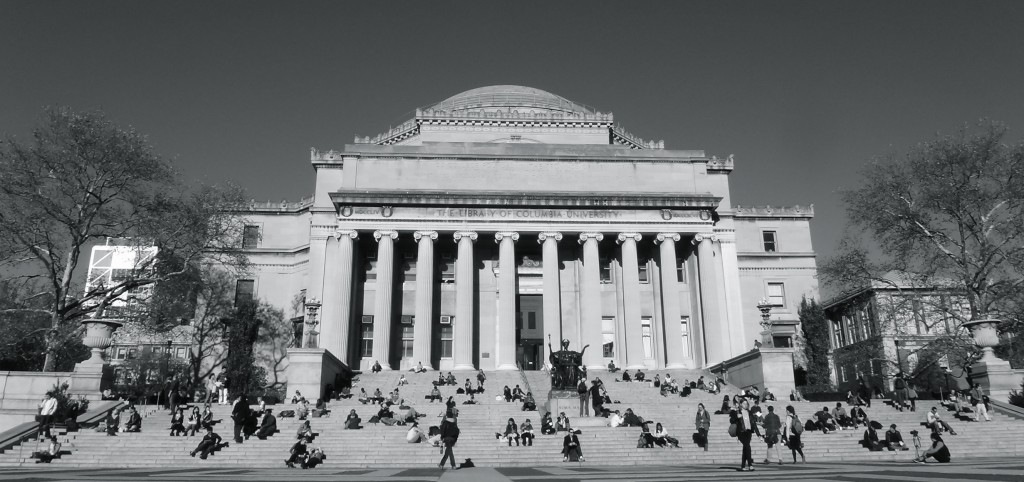During Fall 2013, I had the opportunity to be at Columbia Business School as visiting scholar to work on my research project related to brand value in luxury. There, I had the pleasure of working together with Professor Don Lehmann on refining my research topic and setting-up the methodology that would allow me to move forward with my Ph.D. project.
After spending several years in the private sector, I was highly interested in putting together a project where I could combine academic theory with a practical approach. Given my background in Environmental Management and Policy, and my particular interest in both, luxury and sustainability, I decided to conduct research in these two areas. Since brand value (also known as brand equity) is probably one of the most important assets within luxury, I thought it would be interesting to understand the potential effect that sustainable practices can have on brand value.
In order to conduct this study, I decided to use a mixed-methods approach. First, I would conduct a statistical analysis of the main determinants of brand value, and then, triangulate the results of the statistical model with input from industry.
Given the institutional links between the University of Glasgow and Columbia University, and the fact that the U.S. and New York City (NYC) are currently the most important markets for luxury, I thought it would be valuable to spend some time in NYC working on my research project. Thus, with the support of my supervisors Iain Docherty and Deirdre Shaw at Glasgow, Professor Don Lehmann at Columbia, and the Scottish Government’s Saltire Scholarships Outward Mobility Fund I managed to undertake a visiting scholar position at Columbia Business School.

Being at Columbia Business School was a wonderful experience. Some of the highlights from my visit is that I was able to take part in the Annual Luxury Roundtable organized by the Luxury Education Foundation. I was also able to interview over 20 experts from the luxury industry ranging from CEOs to brand managers, and fashion designers. More importantly, I got valuable feedback on key variables that should be included in my statistical model, as well as potential approaches to gather and analyze the data.
One of the preliminary findings of my research is that consumers are evolving and thus, the luxury industry needs to adapt to this changing environment. For example, the luxury sector is saturated with hundreds of brands. In an industry where most luxury products share key characteristics such as heritage, superior craftsmanship, quality, and design; brands are no longer able to differentiate themselves just on the products they make. Instead, a key differentiator for them is how they create a superior customer experience and how they nourish the dream factor of their brands.
Luxury is experiential and sensorial. Traditional luxury companies have usually offered this superior customer experience at their stores or through targeted events. However, the landscape has changed, and now hundreds of thousands of customers are buying luxury products online, especially through tablets and smart phones. Therefore, luxury companies are being faced with the significant challenge of creating a superior customer experience online. With the slow adoption of e-commerce in the luxury sector, and with the ever increasing demand for it, luxury firms need to adapt their business models rapidly to meet this demand. Otherwise they risk being relegated to a thing of the past.
PhD researcher at the Adam Smith Business School and part the MaRVL research group
